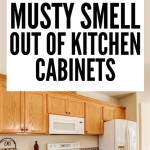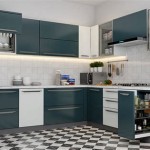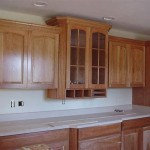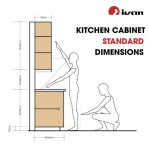Essential Aspects to Consider When Choosing Pics Of Kitchen Cabinets Painted
Kitchen cabinets are a crucial element of any kitchen design, both functionally and aesthetically. Painting them is a cost-effective way to update and revitalize the look of your kitchen without replacing the entire cabinetry. However, selecting the right paint and following proper techniques are essential to achieve a professional-looking and durable finish.
Choosing the Right Paint for Kitchen Cabinets
The type of paint you choose for your kitchen cabinets will significantly impact the final result. Here are a few considerations:
- Oil-based paints: Known for their durability and resistance to wear and tear, making them suitable for high-traffic areas like kitchens. However, they have a longer drying time and release strong fumes.
- Latex paints: Water-based, easy to clean, and dry quickly. They are not as durable as oil-based paints but are more environmentally friendly.
- Chalk-type paints: Popular for their matte finish and ease of distressing, creating a vintage or rustic look. However, they require a protective top coat to prevent chipping.
Preparing Your Cabinets Before Painting
Thorough preparation is key to a successful painting project. Follow these steps:
- Remove cabinet doors and hardware: For easier painting and access to all surfaces.
- Clean the cabinets: Remove dirt, grease, and any other contaminants using a degreasing cleaner.
- Sand the cabinets: Lightly sand the surface to create a smooth base for the paint to adhere to. Use a fine-grit sandpaper and avoid excessive sanding.
- Prime the cabinets: Apply a primer to help the paint adhere better and prevent stains from bleeding through. Choose a primer specifically designed for kitchen cabinets.
Painting Techniques for Kitchen Cabinets
Once your cabinets are primed, it's time to paint. Here are some tips:
- Use a brush and roller: A brush for detailed areas and a roller for larger surfaces will give you a smooth, even finish.
- Apply thin, even coats: Avoid applying thick coats, as this can lead to dripping, sagging, or cracking. li>Allow sufficient drying time: Before applying additional coats, allow the paint to dry completely according to the manufacturer's instructions.
- Sand between coats: Lightly sand the surface between coats to remove any raised grain or brushstrokes. This will ensure a smooth final finish.
Protective Top Coats for Painted Kitchen Cabinets
To protect your painted cabinets from wear, stains, and moisture, apply a protective top coat:
- Polyurethane: A clear, durable finish that provides excellent protection against scratches and chemicals.
- Lacquer: Also provides a durable, high-gloss finish but has a faster drying time than polyurethane.
- Shellac: A natural, amber-colored finish that is resistant to heat and moisture. However, it can yellow over time.
By following these essential aspects, you can achieve professionally painted kitchen cabinets that not only look stunning but also provide lasting durability. Remember to choose the right paint, prepare your cabinets carefully, use proper painting techniques, and apply a protective top coat to ensure a beautiful and functional kitchen for years to come.

How To Paint Kitchen Cabinets In 7 Simple Steps

7 Expert Tips For Flawless Kitchen Cabinet Painting

Durable Kitchen Cabinet Painting 10 Year Warranty Columbus Oh

How To Paint Kitchen Cabinets The Love Notes Blog

How To Paint Kitchen Cabinets Best Color Ideas Cost

Should I Paint My Kitchen Cabinets Lily Ann

Should I Paint My Kitchen Cabinets

Painted Kitchen Cabinets One Year Later The Palette Muse

Should I Paint Or Refinish My Kitchen Cabinets

Painted Kitchen Cabinet Ideas Architectural Digest
Related Posts








